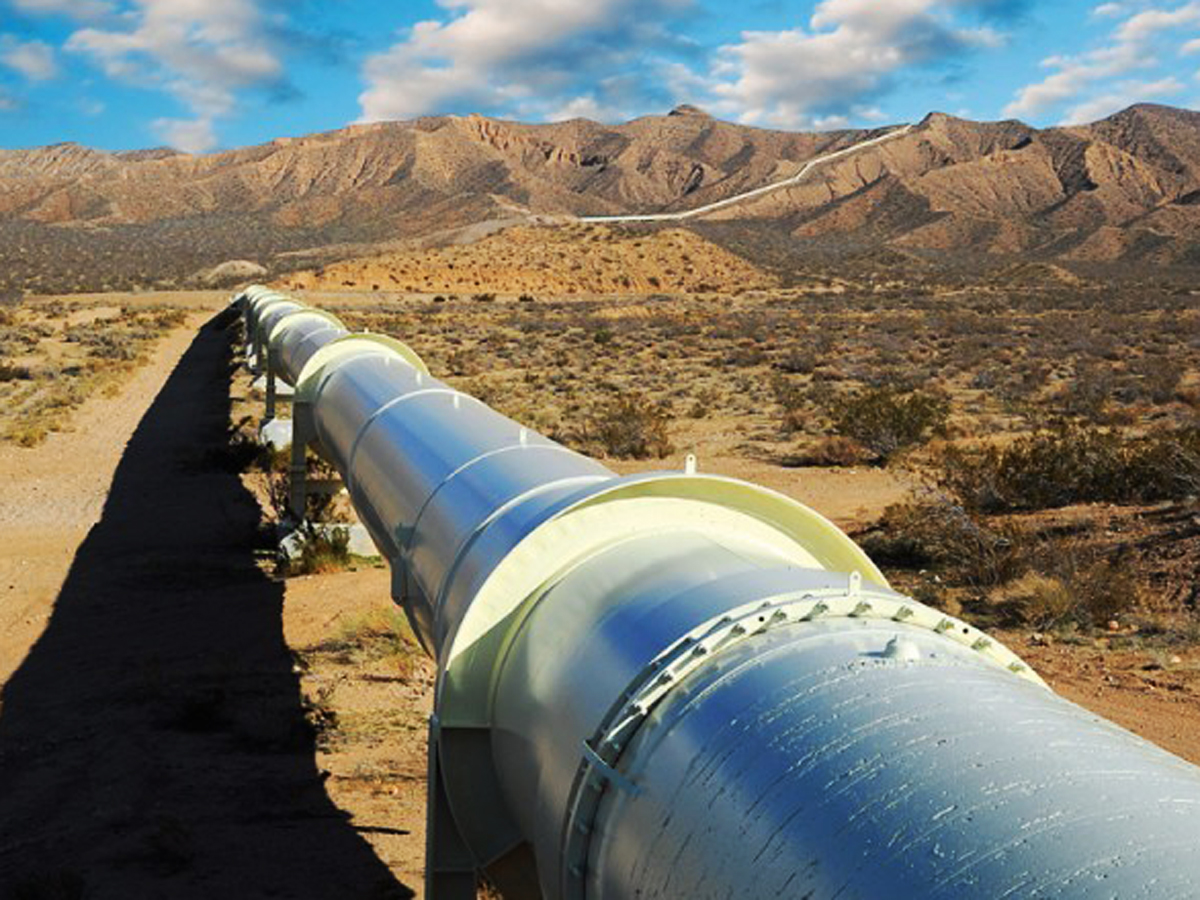
Ms Allen Kagina, the UNRA ED
Over 585 kilometers of roads in the oil regions have been earmarked for upgrading by government in the next 3 years.
According to the National Infrastructure Development Programme by the Uganda National Roads (UNRA) presented recently during the 5TH Certified Public Accountants Forum.
It was organised by Institute of Certified Public Accountants of Uganda (ICPAU) with a theme of; “Uganda’s Economic Outlook and Bottlenecks”.
Allen Kagina, the Executive Director UNRA, says oil and gas road networks will be given priority because planning and construction of transport systems to facilitate resource extractions is crucial.
She says oil and gas is expected to be the mainstay of the national economy in 5 years’ time.
Meanwhile, contractors who have shown interest in undertaking large infrastructural projects, especially with demand for cement in Uganda standing at about 2.5 million the oil and gas sector that is taking shape in the country.
According to the East African Newspaper, with a deal worth millions of dollars in its pocket, the Ugandan subsidiary of French-Swiss cement giant Lafarge Holcim is leading the pack in the local content race to supply the large infrastructure projects that the country is undertaking.

China Communications Construction Company (CCCC) also invests in the oil industry.
Hima Cement, which produces 850,000 tonnes annually, signed a memorandum of understanding with the China Communication Construction Company (CCCC) on July 12 to supply 120,000 tonnes of cement for three public projects — construction works for the expansion of Entebbe International Airport and two road projects.
Under the MoU, Hima will in five years supply 30,000 tonnes of cement (out of the required 50,000 tonnes) for the Entebbe Airport expansion works, which started in May 2016; and in three years supply 60,000 tonnes for the Mubende-Kakumiro-Kagadi road project and 30,000 tonnes for the Soroti-Mbale road works.
In an industry that has in recent years witnessed growing competition from new manufacturers and cheap imports from Egypt, Pakistan and Kenya, the deal is a coup against competitors.
Contractors undertaking the large infrastructure projects, especially hydropower dams, roads and bridges, previously preferred to import cement and steel, citing the low quality of locally produced materials.
The CCCC Uganda acting country manager Zheng Biao says his company’s collaboration with Lafarge Holcim at a global level gave the Chinese firm confidence that Hima would be the perfect local content partner.
But sources say that the Chinese demanded certain improvements and quality assurances from Hima in order to clinch the deals.
“We have had to undergo research and development for the particular cement that they need for these projects,” said Allan Ssemakula, Hima Cement commercial director.
With demand for cement in Uganda standing at about 2.5 million tonnes per annum, there are fears that Hima’s focus on public projects could cause a cement shortage.
But the firm is ramping up its production to a million tonnes per annum, with a $40 million grinding station in Tororo, eastern Uganda, which is set to start production in March 2018, to boost the company’s capacity at its plant in Kasese district, southwestern Uganda.

